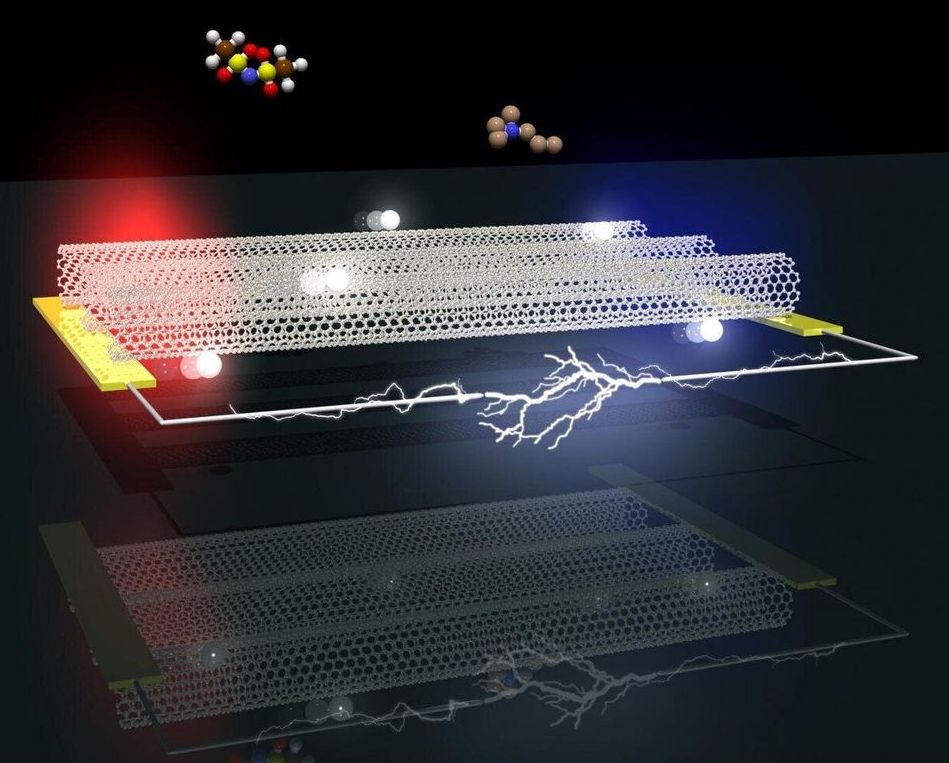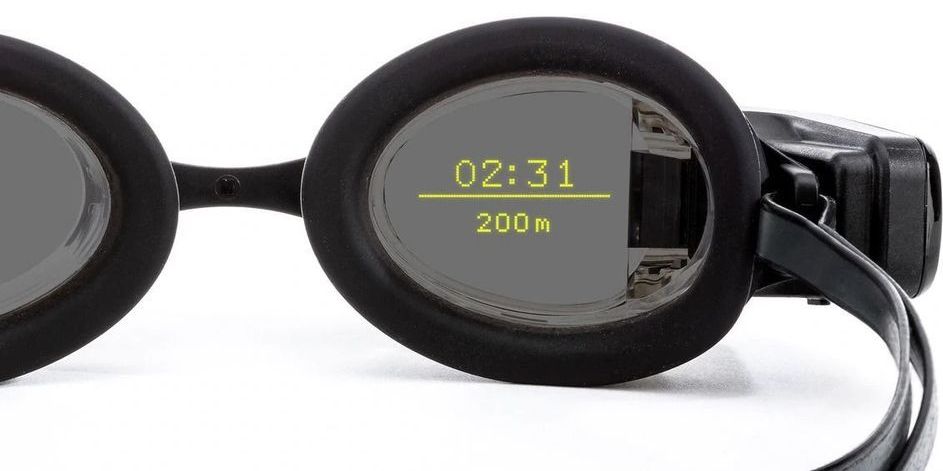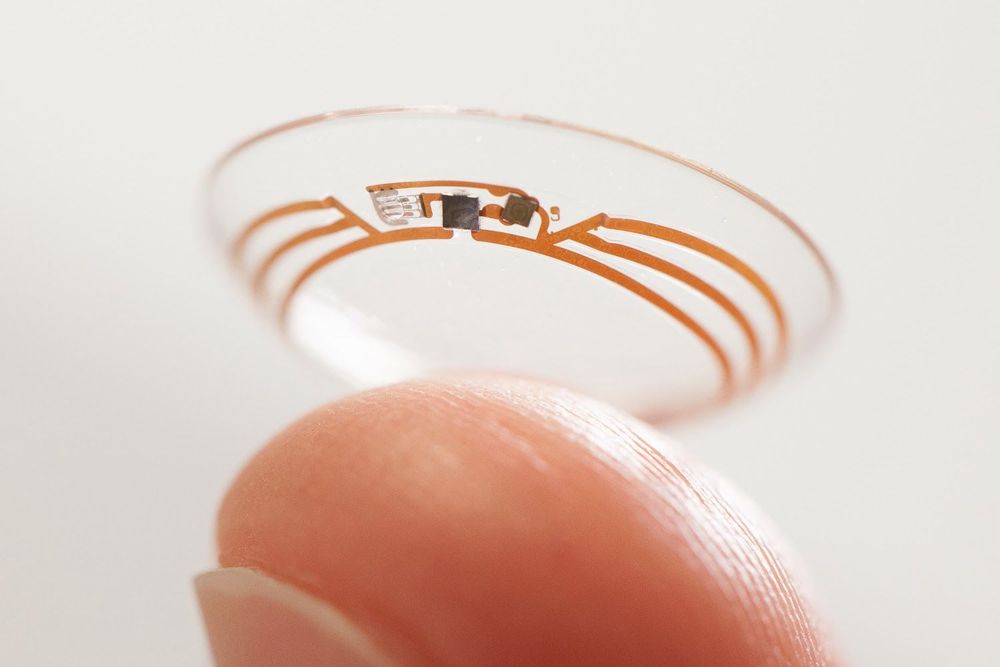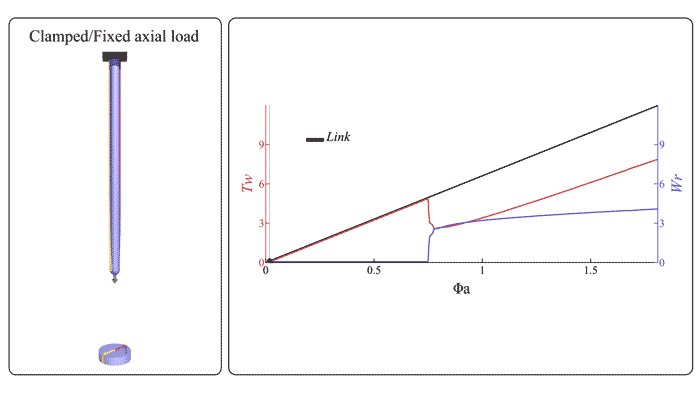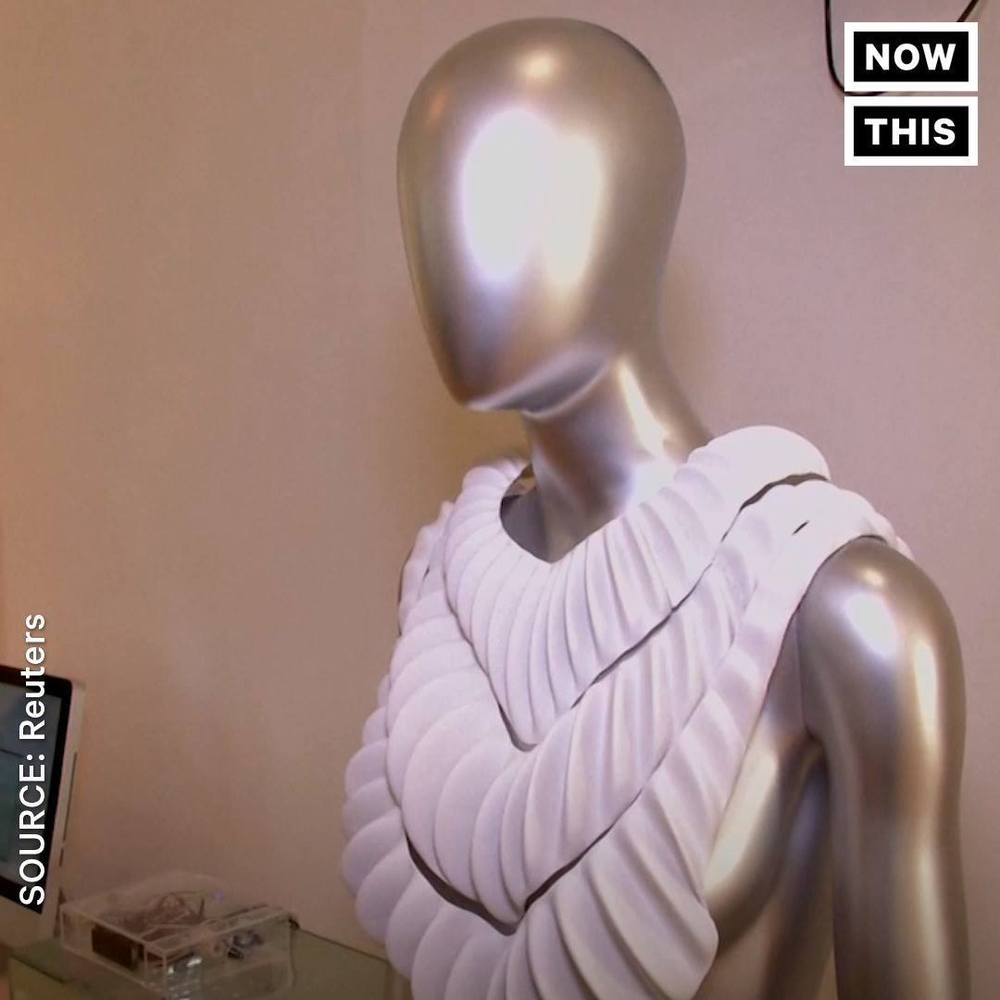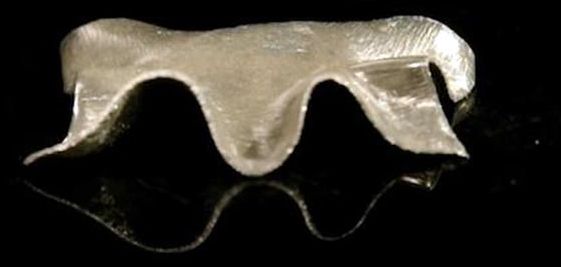Archive for the ‘wearables’ category: Page 48
Dec 16, 2019
George Church on reversing aging | ApplySci @ Harvard
Posted by John Davies in categories: life extension, wearables

Recorded at ApplySci’s Wearable Tech + Digital Health + Neurotech conference — November 14, 2019 | Harvard Medical School.
Dec 2, 2019
Solving the thermoelectric ‘trade-off’ conundrum with metallic carbon nanotubes
Posted by Paul Battista in categories: energy, nanotechnology, transportation, wearables
Scientists from Tokyo Metropolitan University have used aligned “metallic” carbon nanotubes to create a device which converts heat to electrical energy (a thermoelectric device) with a higher power output than pure semiconducting carbon nanotubes (CNTs) in random networks. The new device bypasses the troublesome trade-off in semiconductors between conductivity and electrical voltage, significantly outperforming its counterpart. High power thermoelectric devices may pave the way for more efficient use of waste heat, like wearable electronics.
Thermoelectric devices can directly convert heat to electricity. When we think about the amount of wasted heat in our environment like in air conditioning exhausts, vehicle engines or even body heat, it would be revolutionary if we could somehow scavenge this energy back from our surroundings and put it to good use. This goes some way to powering the thought behind wearable electronics and photonics, devices which could be worn on the skin and powered by body heat. Limited applications are already available in the form of body heat powered lights and smartwatches.
The power extracted from a thermoelectric device when a temperature gradient is formed is affected by the conductivity of the device and the Seebeck coefficient, a number indicating how much electrical voltage is generated with a certain difference in temperature. The problem is that there is a trade-off between the Seebeck coefficient and conductivity: the Seebeck coefficient drops when the device is made more conductive. To generate more power, we ideally want to improve both.
Nov 25, 2019
These AI-powered swim goggles are the wave of the future
Posted by Shane Hinshaw in categories: robotics/AI, wearables
AI-powered wearable tech can help make swimming more interesting while tracking your laps for you.
Nov 21, 2019
Smart contacts: The future of the wearable you won’t even see
Posted by Genevieve Klien in categories: biotech/medical, computing, wearables
The notion of wearing lenses over our eyes to correct our vision dates back hundreds of years, with some even crediting Leonardo da Vinci as one of the first proponents of the idea (though that remains somewhat controversial). Material science and our understanding of the human eye have come a long way since, while their purpose has remained largely the same. In the age of wearable computers, however, scientists in the laboratories of DARPA, Google, and universities around the world see contact lenses not just as tools to improve our vision, but as opportunities to augment the human experience. But how? And why?
As a soft, transparent disc of plastic and silicone that you wear on your eyeball, a contact lens may seem like a very bad place to put electronics. But if you look beneath the surface, the idea of a smart contact lens has real merit, and that begins with its potential to improve our well-being.
Nov 17, 2019
Research sheds light on the underlying mechanics of soft filaments
Posted by Genevieve Klien in categories: biological, cyborgs, physics, robotics/AI, wearables
Artificial muscles will power the soft robots and wearable devices of the future. But more needs to be understood about the underlying mechanics of these powerful structures in order to design and build new devices.
Now, researchers from the Harvard John A. Paulson School of Engineering and Applied Sciences (SEAS) have uncovered some of the fundamental physical properties of artificial muscle fibers.
“Thin soft filaments that can easily stretch, bend, twist or shear are capable of extreme deformations that lead to knot-like, braid-like or loop-like structures that can store or release energy easily,” said L. Mahadevan, the Lola England de Valpine Professor of Applied Mathematics, of Organismic and Evolutionary Biology, and of Physics. “This has been exploited by a number of experimental groups recently to create prototypical artificial muscle fibers. But how the topology, geometry and mechanics of these slender fibers come together during this process was not completely clear. Our study explains the theoretical principles underlying these shape transformations, and sheds light on the underlying design principles.”
Nov 3, 2019
3D-Printed Gill Lets You Breathe Underwater
Posted by Paul Battista in categories: 3D printing, wearables
Oct 21, 2019
New Shape-Morphing, Self-Healing, Intelligent Material Developed for Soft Robotics
Posted by Genevieve Klien in categories: engineering, robotics/AI, wearables
Advances in the fields of soft robotics, wearable technologies, and human/machine interfaces require a new class of stretchable materials that can change shape adaptively while relying only on portable electronics for power. Researchers at Carnegie Mellon University have developed such a material that exhibits a unique combination of high electrical and thermal conductivity with actuation capabilities that are unlike any other soft composite.
In findings published in Proceedings of the National Academy of Sciences this week, the researchers report on this intelligent new material that can adapt its shape in response to its environment. The paper is titled “A multifunctional shape-morphing elastomer with liquid metal inclusions.”
“It is not only thermally and electrically conductive, it is also intelligent,” said Carmel Majidi, an associate professor of mechanical engineering who directs the Soft Machines Lab at Carnegie Mellon. “Just like a human recoils when touching something hot or sharp, the material senses, processes, and responds to its environment without any external hardware. Because it has neural-like electrical pathways, it is one step closer to artificial nervous tissue.”
Oct 18, 2019
Flexible, wearable supercapacitors based on porous nanocarbon nanocomposites
Posted by Paul Battista in categories: biotech/medical, nanotechnology, wearables
Evening gowns with interwoven LEDs may look extravagant, but the light sources need a constant power supply from devices that are as well wearable, durable, and lightweight. Chinese scientists have manufactured fibrous electrodes for wearable devices that are flexible and excel by their high energy density. Key for the preparation of the electrode material was a microfluidic technology, as shown in the journal Angewandte Chemie.
Dresses emitting sparkling light from hundreds of small LEDs may create eye-catching effects in ballrooms or on fashion shows. But wearable electronics can also mean sensors integrated in functional textiles to monitor, for example, water evaporation or temperature changes. Energy storage systems powering such wearable devices must combine deformability with high capacity and durability. However, deformable electrodes often fail in long-term operation, and their capacity lags behind that of other state-of-the-art energy storage devices.
Electrode materials usually benefit from a fine balance of porosity, conductivity, and electrochemical activity. Material scientists Su Chen, Guan Wu, and their teams from Nanjing Tech University, China, have looked deeper into the material demands for flexible electrodes and developed a porous hybrid material synthesized from two carbon nanomaterials and a metal-organic framework. The nanocarbons provided the large surface area and excellent electrical conductivity, and the metal-organic framework gave the porous structure and the electrochemical activity.
Oct 3, 2019
Secret Life of a Full-Time Cyborg
Posted by Genevieve Klien in categories: computing, cyborgs, wearables
Steve Mann invented a precursor to Google Glass in the 1990s—which he now uses almost 24/7. But “the father of wearable computing” has an ominous warning about where technology is taking us next.

